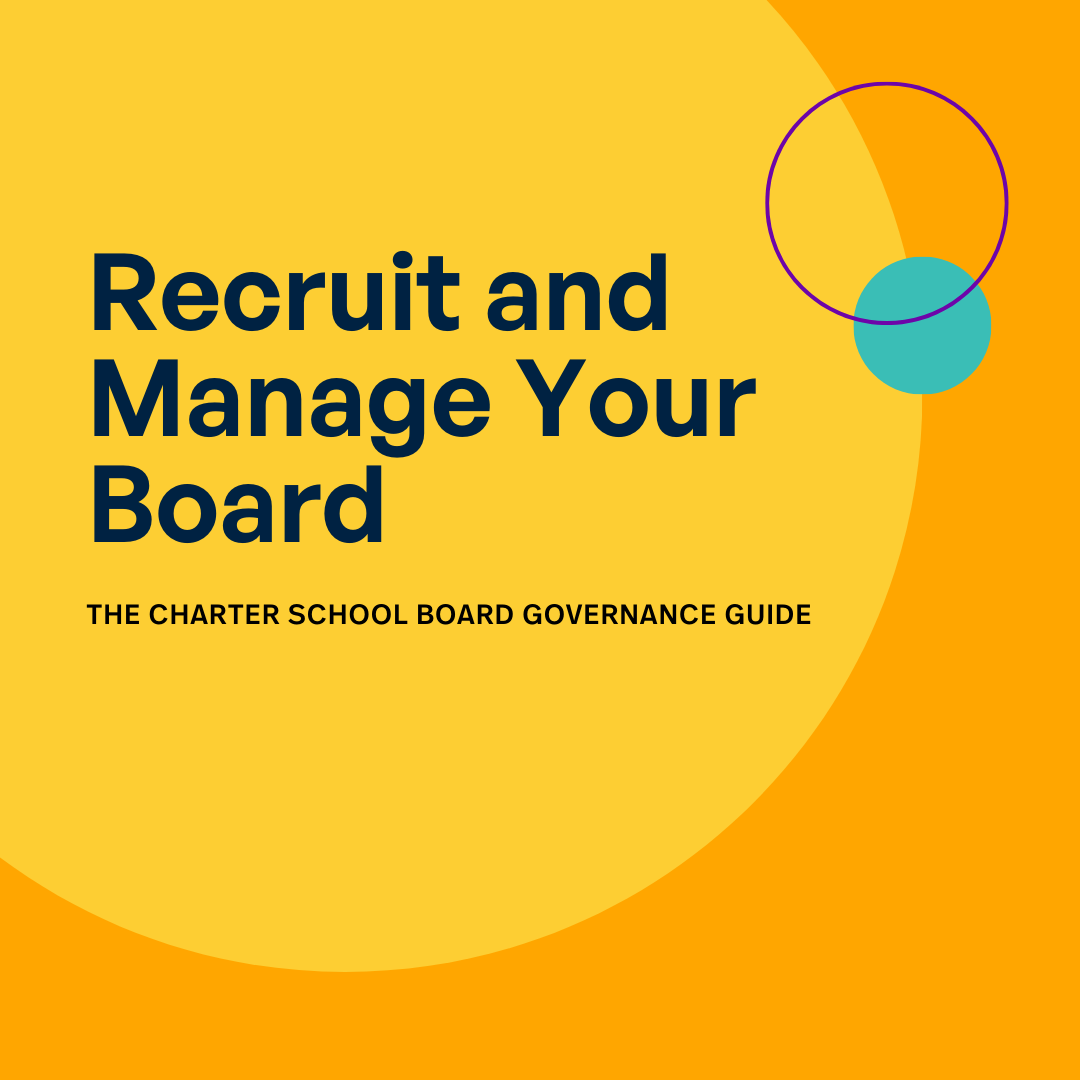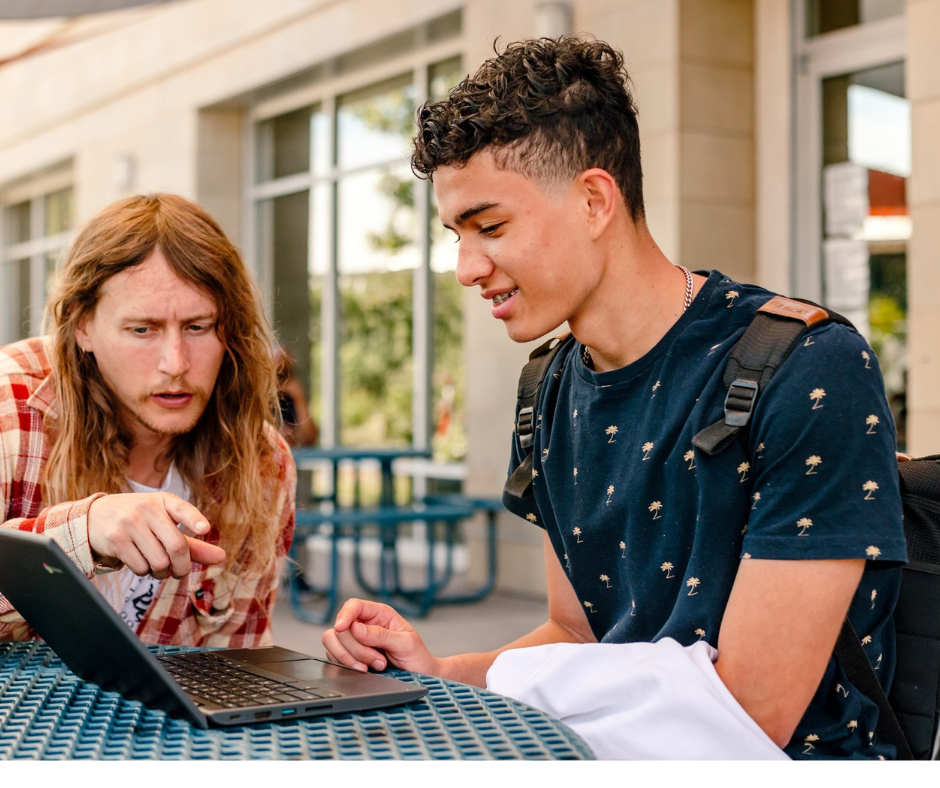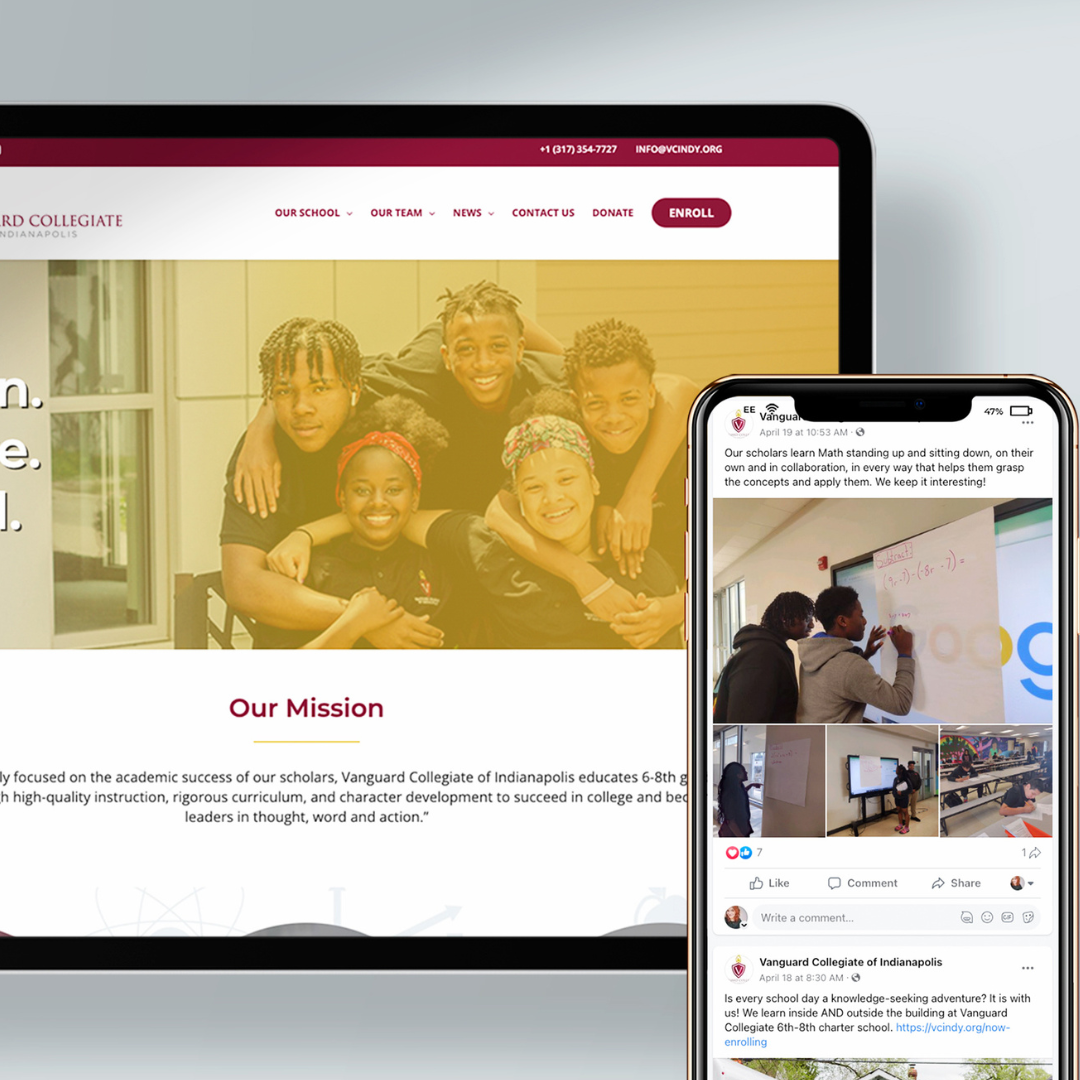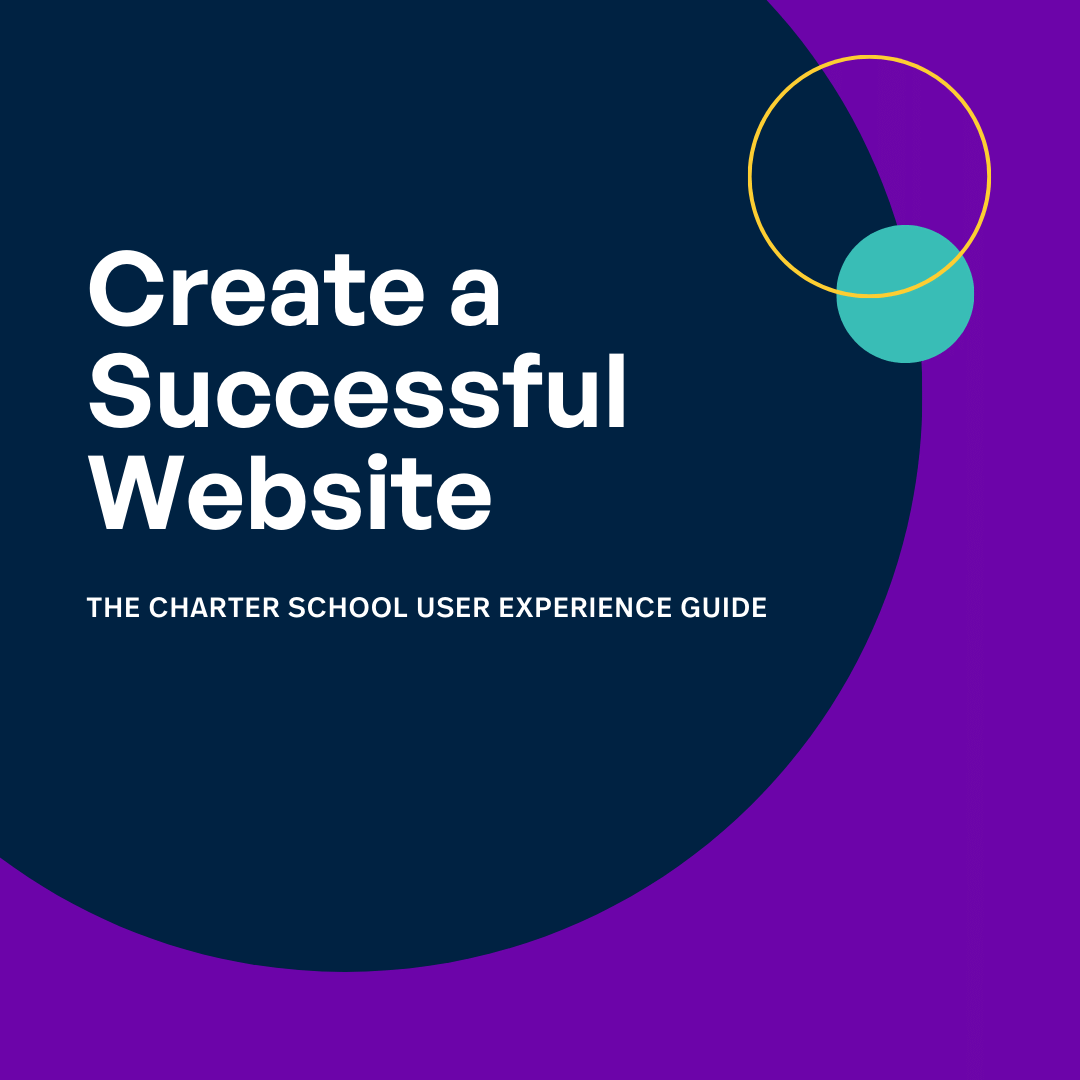Finding that sweet spot of collaboration can sometimes feel like a balancing act: your charter school board gets so focused on their own agenda that they forget to loop in the CEO/ED and their team. Meanwhile, the CEO/ED might feel like they’re on a different wavelength from the board committees. It’s a recipe for disconnect.
What can you do to mitigate this dynamic? It starts with building a solid partnership between the board chair and the CEO/ED. Regular check-ins, clear communication, and mutual support are the name of the game.

Here are some key focus areas:
- Be proactive about tracking progress. Check-ins should be more than just status updates. They’re about ensuring everyone’s moving in the right direction. If someone needs a hand, it’s time to lend some support.
- Roles and boundaries. Try to prevent stepping on each others’ toes. Everyone has their role, and sticking to it keeps things running smoothly.
- Maintain transparency. Everyone should be in the loop about what’s happening, from financial details to any curveballs that come your way.
- Continuously improve. Regular check-ins help you figure out what’s working, what needs adjusting, and what you can leave behind.
More Resources
The partnership between your charter school board and the C-suite is vital for school success. They’re like two halves of a whole, each bringing unique strengths to the table. Browse and download the resources below to foster collaboration with your board.
Featured Article
5 Essential Committees for Charter School Boards
Charter school boards are the backbone of your school, ensuring that academic standards are met, finances are managed efficiently, and governance is effective. Behind every successful board are dedicated committees, each with its own responsibilities. Let’s delve into the roles and responsibilities of the 5 key committees of a thriving school. 1. Finance Committee Essential […]
Featured Article
5 Budgeting Terms for Charter School Leaders
Budgeting is an essential part of running a charter school. From managing operating costs to forecasting cash flow, it can be a complex and challenging task. However, with the right knowledge and understanding of budgeting terminology, you can make informed decisions and set your school up for success. In this blog post, we will explore […]

Free Download
The Board Governance Guide
In this guide, created in partnership with BoardOnTrack, you’ll get tips and strategies for recruiting the right people with the necessary skills, experience, temperament, and time to govern a multimillion-dollar enterprise—your school. You’ll also learn the essential roles and responsibilities of your governance board, as well as how to govern for growth at every stage.
Guide the Guide

















